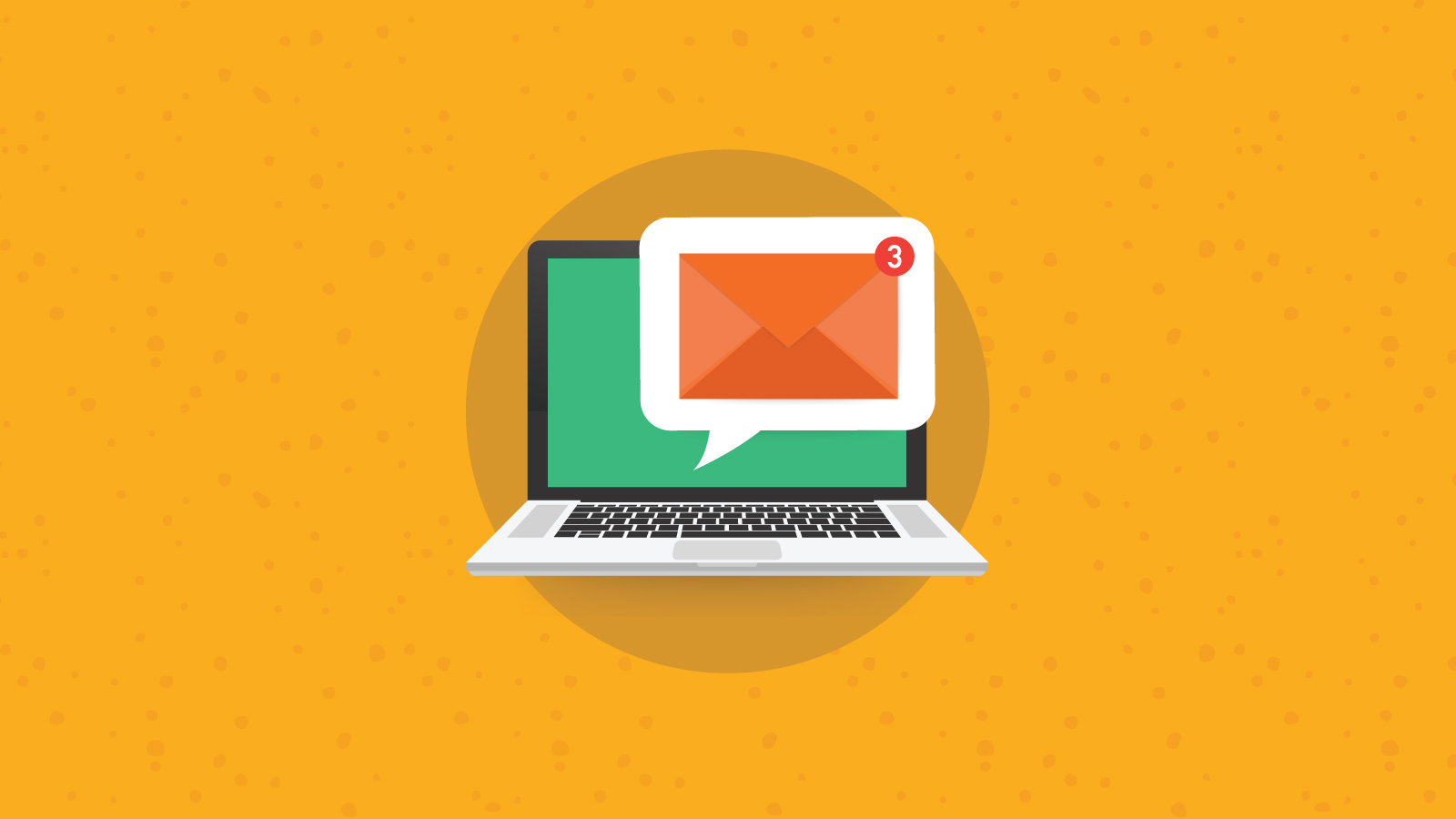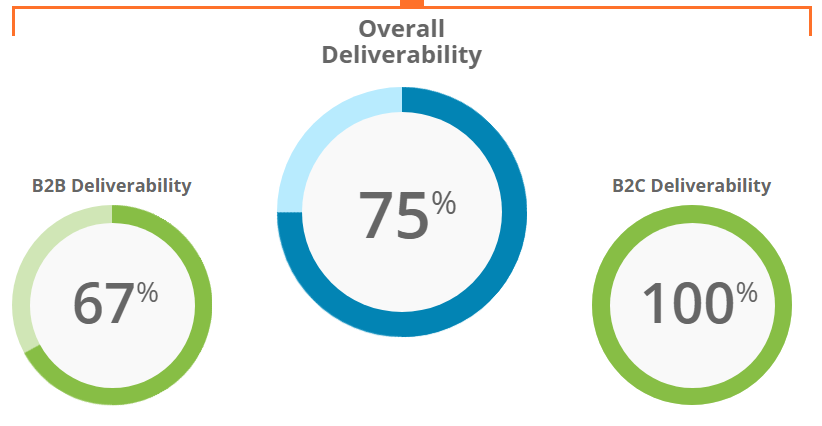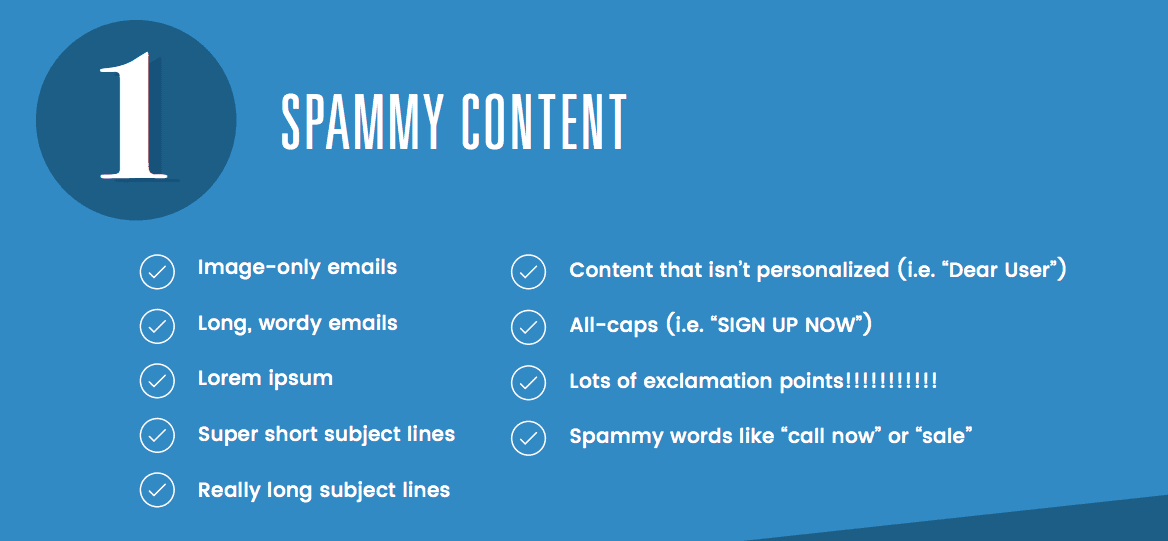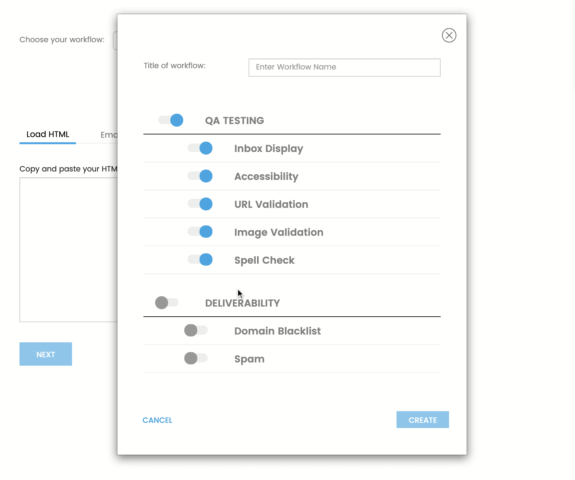Industry News
Deliverability FAQs: How to Land in More Inboxes

Industry News

Aside from crafting the perfect subject line and an irresistible CTA, an email marketer’s biggest challenge is how to address email deliverability issues. Email client spam filters and blocklists are to email marketers what roller coaster height requirements are to 8-year olds: a royal nuisance.
Appeasing spam filters and avoiding blocklists isn’t always an easy-peasy process. So, we crowdsourced burning deliverability questions from the community and answered them for you here.
This wasn’t a community question, but just so we all start on the same page:
Deliverability is whether or not an email makes it into a subscriber’s inbox.
With a healthy subscriber list and good deliverability practices you’ll reach more readers in no time.
Emojis generally don’t cause deliverability issues. However, it’s important to exercise caution and awareness with them for two main reasons:
Absolutely. Sending an email to your entire list is a major red flag for spam filters. Segmenting your lists into niche groups not only helps your chances of reaching more inboxes, but also the engagement your email will see.
When you receive an email that kinda/sorta applies to you, is it very enticing to act on? Probably not. Segmenting your emails allows you to talk more directly and personally to different audiences, offering them a more tailored experience. That alone can generate more activity in your email than if you were routinely emailing your list en masse.
Download our segmentation infographic
No, including HTML background images will not directly affect your email deliverability success. The only issue you’ll encounter is that not all email clients support background images, and therefore, recipients will think the email is broken.
That said, at a certain point if subscribers continually believe your email to be broken, you’ll likely see a decrease in engagement. Over time, this can create deliverability issues.
To avoid this, make sure to use appropriate fallbacks in your HTML when you’re using a design element that doesn’t have full support across email clients. Additionally, Email on Acid offers Advanced Analytics to show you which email clients your subscribers are on. From there, you can find out if those clients support background images and if they make sense for your emails.

Whitelisting a domain tells spam filters that your message is coming from a trusted source. This removes a lot of the “guesswork” for spam filters, so they don’t have to scrutinize the content as heavily.
Definitely. Including this in your opt-in confirmation or in the footer of other marketing emails is a great reputation management practice.
It typically shouldn’t, but there are some scenarios where the auto-created parameters will use spammy words in the UTM that could potentially trigger spam filters.
You can run a spam test in Campaign Precheck that will check your email’s HTML (including UTM parameters) for any spammy words and phrases that may affect your deliverability before you press ‘send’.

When you start warming up cold IPs, you should start sending at a very low volume to your most engaged recipients. Take things slow and steady and gradually add volume on a weekly basis.
Avoid going above a 3% bounce rate when warming a new IP.
The first thing you’ll trigger when you start gradually increasing the number of recipients is a higher bounce rate. As soon as you hit a bounce rate above 3%, pause everything. Review, analyze and adjust your approach and reduce recipient volume until your bounce rate goes back to under 3%.
A ‘from’ name can be anything, but for the sake of your subscribers’ peace of mind and your engagement rates, make sure it’s clear who the email is coming from.
In terms of the ‘from’ domain, yes, changing that for a one-off send can negatively impact deliverability. Make sure your marketing emails use consistent domains. The goal is to improve/protect the reputation and engagement of the from/reply-to domain. If you’re using multiple domains for multiple marketing emails, the maintenance work needed to improve engagement and reputation can take a while.
What we recommend is to use different domains for marketing and other types of emails. For instance, you could use marketing.company.com for our promotional emails, and info.company.com for transactional.
All that aside, using a clear ‘from’ name that your readers will recognize achieves more opens and engagement. Subscribers are conditioned to never open an email from someone they don’t recognize, so using an unclear ‘from’ name might cannibalize the likelihood of opens.
In a nutshell:
We sincerely don’t recommend it. Don’t purchase subscriber data. It’s an underground tactic that no reputable brand should ever employ. Email regulations are very strict, especially Canadian and European anti-spam laws (and the US isn’t far behind).
Any recipients you email should have knowingly and willingly signed up for your list on their own accord.
It can be. We don’t recommend using the same domain for all email purposes. Rather, use a different domain for the different types of emails you send and make sure the domain is properly configured in a DNS.
For instance, if you’re a hotel brand, you may want to send marketing emails from hotel.com and emails for on-the-books guests from reservations.hotel.com. This will help each domain’s reputation as well as avoiding more spam filters.
While there’s no single “biggest issue” that every email marketer faces, a common one is an email client blocking an IP or a blocklisted URL. If these issues perpetually exist, it will affect your IP reputation and you’ll see a higher bounce rate.
Email clients have very diverse parameters to detect malicious or untrustworthy messages. An email’s content, subject line, engagement reputation of the IP and the from/reply-to domain all play significant roles in whether or not an email makes it to the inbox.
The thing with email client spam filters is they don’t publicize what their actual parameters are. Otherwise, it would be much easier for actual malicious spammers to skirt them. That’s why there are no hard-and-fast rules available for email marketers, simply high-level best practices.
Since brands don’t generally include an email signature in an external-facing message, this can apply to companies who send internal marketing emails to their staff. The only time email deliverability issues arise is if the domain is on a blocklist or has a reputation as a malicious URL.
There’s no one-size-fits-all answer on how to get removed from a blocklist. Similar to email clients, their spam filter metrics are kept private. However, most blocklist sites including Spamhaus provide tips on how to get yourself removed.
An email can reroute into the spam folder for any number of reasons. Here are the most common ones to keep in mind as you create your next email.

It’s always best to test optimal anything with your own subscribers: send time, content, subject lines, etc. Every audience is going to be a little bit different.
However, according to Campaign Monitor, industry averages peg workday hours (9-5) as when the majority of email opens occur, especially just before and after lunch (but not during).
This can vary wildly between industries and brands. Mailchimp has this chart of average open rates in common industries. But again, your brand may need to pinpoint a more niche industry average to use as a performance benchmark. For example, a hotel brand could refer to the “travel and transportation” average, but that’s still not specific enough to accurately measure themselves against.
At Email on Acid, we make it easy to QA an email’s content inside and out. Robust deliverability tests help you land in more inboxes and reach more subscribers. Just enable Deliverability in your workflow to start running spam and blocklist tests to mitigate issues before the send.

You’ve obviously come to the right place. Ask us any of your deliverability questions in the comments below.
We’ll also be keeping this post updated, so bookmark it for reference whenever you need it.
Check out our library of resources:
5 Ways to Boost Your Brand’s Email Deliverability
Is 100% Email Deliverability Possible?
What Is My SpamAssassin Score and What Does it Mean?
Does Text to Image Ratio Affect Deliverability?
How Does Email File Size Affect Deliverability?
Email Authentication Protocols: Your Guide to SPF, DKIM, DMARC, and BIMI